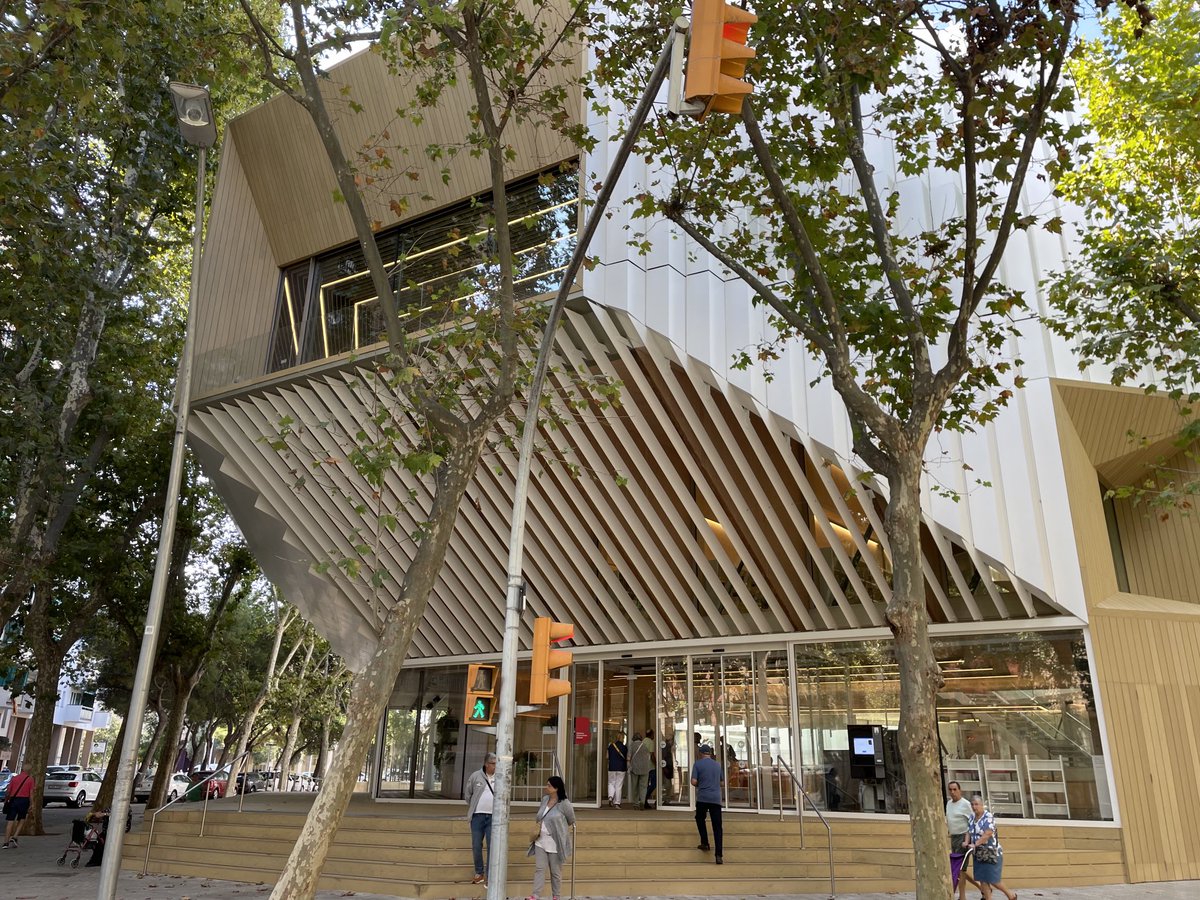
The Gabriel Garcia Marquez Library just opened in a working class neighborhood in Barcelona. It’s magical. It’s real. And it’s the kind of place that makes you wonder why every city doesn’t give its residents palaces for the people. #library 







In Barcelona, the #library is part of a larger social infrastructure. I spent the afternoon in a new “superblock,” which the city created by converting busy streets into places for people. They reduced air and noise pollution, cut carbon emissions, and supercharged social life. 







Life in Barcelona is not all public space and palaces for the people. Sometimes, you have no choice but to sit by yourself and contemplate what to do with things like this. 

One disturbing thing about this moment in urbanism is that every beautiful project generates as much anxiety about gentrification and the loss of place for ordinary people as praise for making things better.
An even more disturbing thing is that these anxieties are so justified.
An even more disturbing thing is that these anxieties are so justified.
• • •
Missing some Tweet in this thread? You can try to
force a refresh




